General Motors Death Watch 173: Eight Into Four Does Not Go
GM is re-organizing its corporate structure. It’s putting its eight brands into four divisions under four car czarettes, in a three-three-one-one configuration. For those of you who can’t guess which GM brand will go with which (as there’s no neat, logical way to make these groupings), it’s Cadillac, Hummer and Saab; Buick, Pontiac and GMC; and Saturn and Chevy on their lonesome. “We are further streamlining the organization,” GM’s President of North America announced. “To reduce complexity, align resources to improve the consumer experience and improve bottom line business results." It’s a deeply misguided maneuver.
The problem with GM’s restructuring is patently obvious. What exactly does the Cadillac brand have to do with Hummer? Caddy is supposed to be GM’s upmarket answer to BMW, Mercedes, Lexus and (less charitably) Infiniti and Acura. Hummer offers a limited range of pseudo-military, gas-guzzling off-roaders competing with Jeep, Land Rover and Toyota’s Land Cruiser. Saab– an ostensibly Euro (Nordic?) near-luxury brand– is a better fit with Cadillac. But better doesn’t mean good.
The combination of Buick, Pontiac and GMC (BPG in GM-speak) doesn’t offer even a glimmer of unifying logic. Doctors cars (and a CUV), performance-oriented vehicles and gussied-up Chevy trucks? It’s like lemon maple fudge ice cream. Although no one at GM (or within the automotive media) seems particularly bothered by this bizarre new “sales channel” development, how is the “customer experience” improved by the creation of such an odd trifecta of car brands?
If the customer-facing side of this concept is dubious to the point of dementia, reorganizing GM to “streamline” the bureaucracy to reflect these shotgun marriages makes even less sense. In fact, by placing BPG and, uh, CSH into twin fiefdoms, GM is reinforcing a mistake of gargantuan proportions, guaranteeing that it will forever remain in branding Hell. Think of it this way…
There is no way GM can create compelling products that sustain eight coherent automotive marques by grabbing a generic anycar off the shelf and tweaking it here and there to fit some pre-determined idea of a brand's demands. In theory, perhaps. In practice, the Saab 9-7X. With large scale intra-brand platform, drivetrain and components sharing, the temptation to cut corners, to dumb-down the possibility of brand-specific excellence for “easy money” or the greater good, is simply too great. Ipso facto.
Consolidating BPG and CSH is bound to accentuate this problem. While turning eight hungry mouths into four must be an orgasmic idea for GM’s Beancounter-in-Chief and his Beancounter COO, it will destroy what little remains of GM’s octo-brand equity and sink the company even deeper into its current morass of mediocrity. That’s because maintaining brand independence is not an administrative issue. It’s the key to excellence.
Great brands– and thus great products– are the result of a corporate culture deeply dedicated to particular way of seeing the world. You can argue about BMW’s realization of its "ultimate driving machine" ethos, but this guiding principle dominates every aspect of the German automaker’s existence. You can see it in the choice of office furniture. The pictures on the wall of their HQ’s cafeteria. The hushed tones in the waiting room. And you can feel it around a corner, even in Bimmer’s most “piggish” vehicles.
Compare and contrast this situation with Saturn. If “what is a Saturn” is a tough question, “WHERE is Saturn” is a logical corollary. BMW may have field ops in Spartanburg and Shenyang, but its heart is in Munich. You could make a coherent argument that the Saturn brand died when they left Spring Hill, Tennessee; a southern enclave whose honesty and friendliness informed the entire company.
Putting Buick, Pontiac and GMC under one roof– whether metaphorically or literally– will rip the heart and soul out of all three brands. In many important ways, they will simply cease to exist. The same Borg-like assimilation will afflict Cadillac, Hummer and Saab, with equally disastrous results.
Greater integration of executive control for these six GM brands is the exact opposite of what The General should be doing to guarantee their survival– if their survival is, indeed, the goal. It will accelerate the process of badge-engineering that has bedeviled the company post Alfred P. Sloan. And, ironically enough, the consolidation of power under two executives will exacerbate the executive infighting that has been the hallmark of GM’s long, slow, painful fall from grace.
If you doubt the accuracy of this analysis, re-read Troy Clarke’s quote at the beginning of this article. While the Prez’ suggestion that GM should “reduce complexity” is about as controversial as motherhood, the main, indeed central problem with GM NA is that its products LACK complexity. Or, more accurately, individuality. How does placing six disparate brands into two new fiefdoms create distinct, distinctive and marketable products? Answer: it doesn’t.
More by Robert Farago
Latest Car Reviews
Read moreLatest Product Reviews
Read moreRecent Comments
- Steve Jacobs I've got a bright Red Kia EV6. Easy to find in a parking lot.
- MKizzy Gently used EV6's under $30K aren't hard to find and have the range and style to almost intrigue me into taking the EV plunge. However, I'll wait for a mid-sized non-luxury EV sedan or wagon which is not a tablet housing a car (Model 3) or sacrifices too much usable space for the sake of style (Ioniq 6) before I go electric. I'm not holding my breath.
- Arthur Dailey Am currently comparing both vehicles. Some issues not addressed in the article 1) the wait times for most RAV4's are currently considerably longer, 2) RAV4's are among the most stolen vehicles in my area (the GTA), 3) Mazda has a superior warranty. Manufacturing locations are perhaps a toss up. For the majority of these vehicles sold in the Canadian market from what I can ascertain, CX-5's are manufactured in Japan, and RAV4's in Alliston Ontario. One area where I will disagree with Matt is in the upholstery. I far prefer cloth to leather. With grandchildren and a dog, there is far more chance that the leather will be cut or scratched. And leather, particularly in black is too hot in the summer and very cold when you first sit on it during a Canadian winter. Cloth is the winner in that competition, but still an inferior choice to rich 1970's style velour upholstery.
- Eliyahu I've had my 2018 CX-5 FWD top trim for about 18 months. It is fun to drive and a nice design. Mazda really did a great job of making the most out of the platform when they did the design refresh. The driver's seat, however, is overly firm and perhaps a tad too small. I have also come to appreciate the open feeling of the Forester compared to the well-organized but more closed in cockpit of the CX-5. A minor quibble would be the smallish gas tank. Overall, a very nice design.
- Redapple2 CX5. Rented one 2 yr ago. ~2000miles. Issues. 1 Thumbwheel controller not good. 2. Sweeping curve on the interstate passing a car, the automatic braking picked up a car in the lane over. Beeps and slight braking. Not drop anchor mode, but still head scratching. But it looks so dam good. Wonderful still after many years. CX5 all the way!!!



















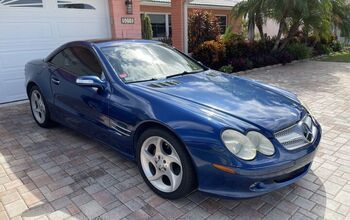
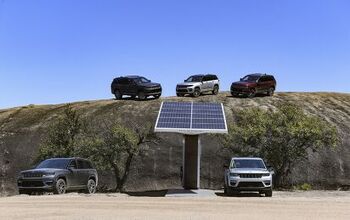
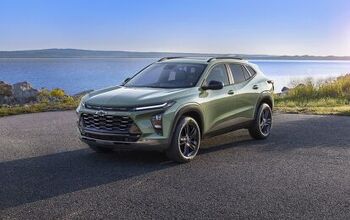
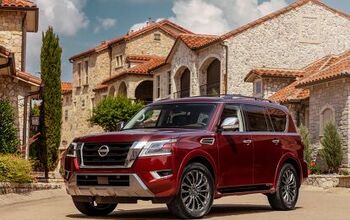

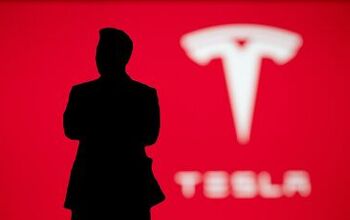
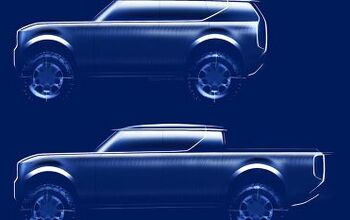
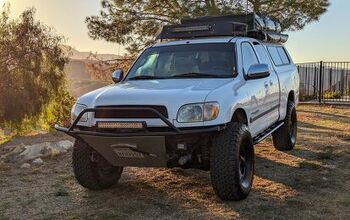


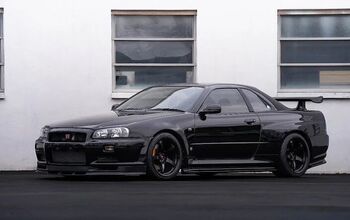


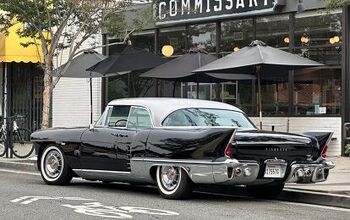
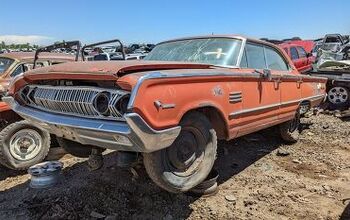
Comments
Join the conversation
If they dumped all of the brands (I know, impossible) and grouped the product as General Motors only, then things might make sense. You should be able to buy the Caddy, the Hummer, the SAAB, the Malibu, and the Vette under one roof. Each "body style" gets one iteration. End the pointless multiple types...no one cares, and has not since the mid seventies. Use some of the money saved to make a decent car. Put a hundred dollars more at the assembly side per vehicle and you would exceed the competition. IN the alternate, just keep up making pointless differences, stock the same parts three times, and wonder why no one in the more desirable areas buys your cars. I was raised on GM. We were a GM family. was.